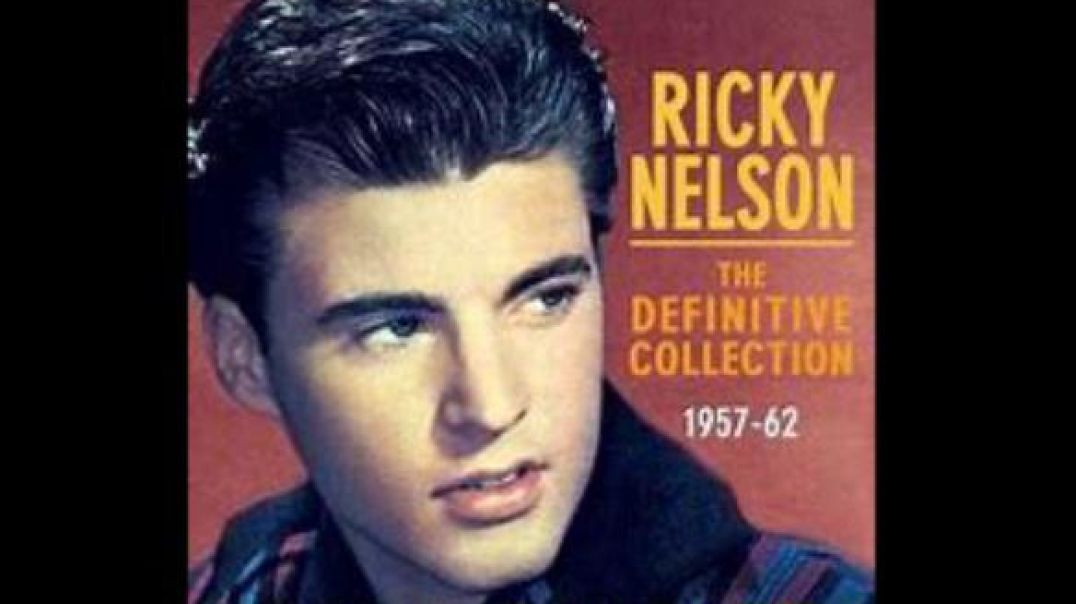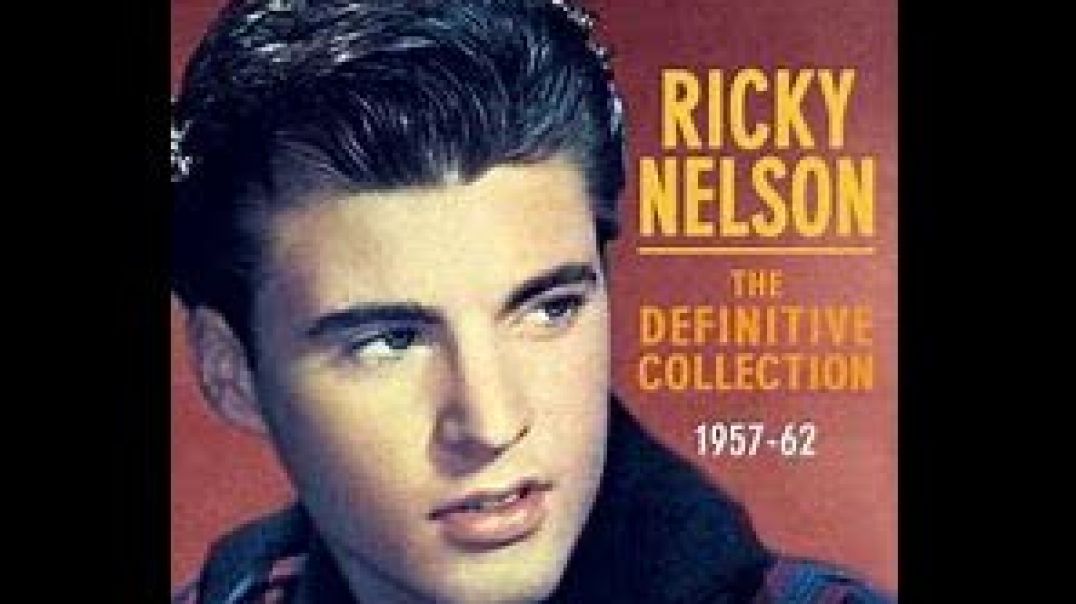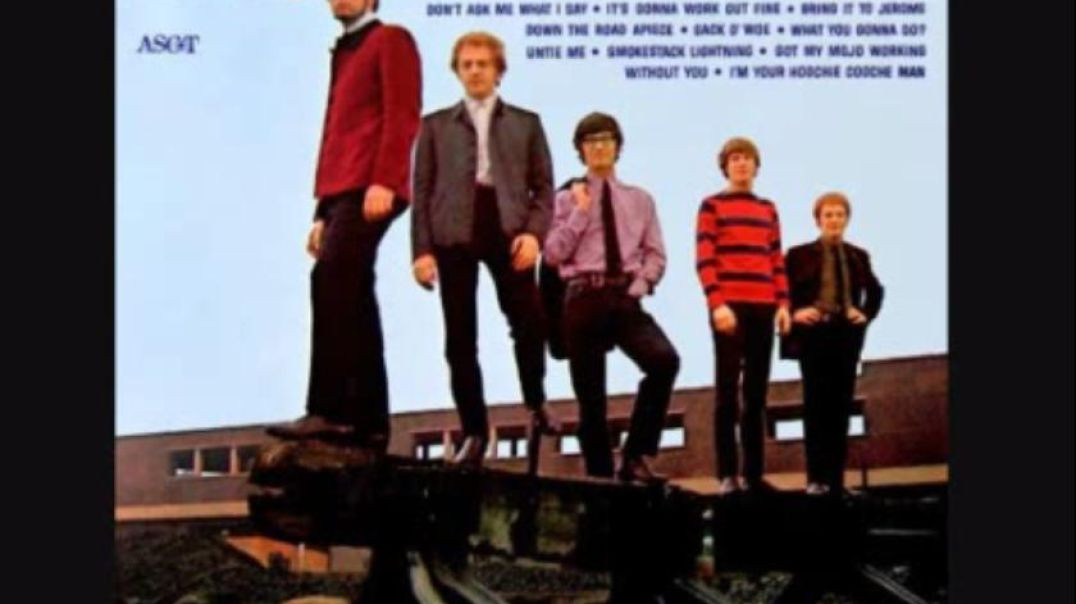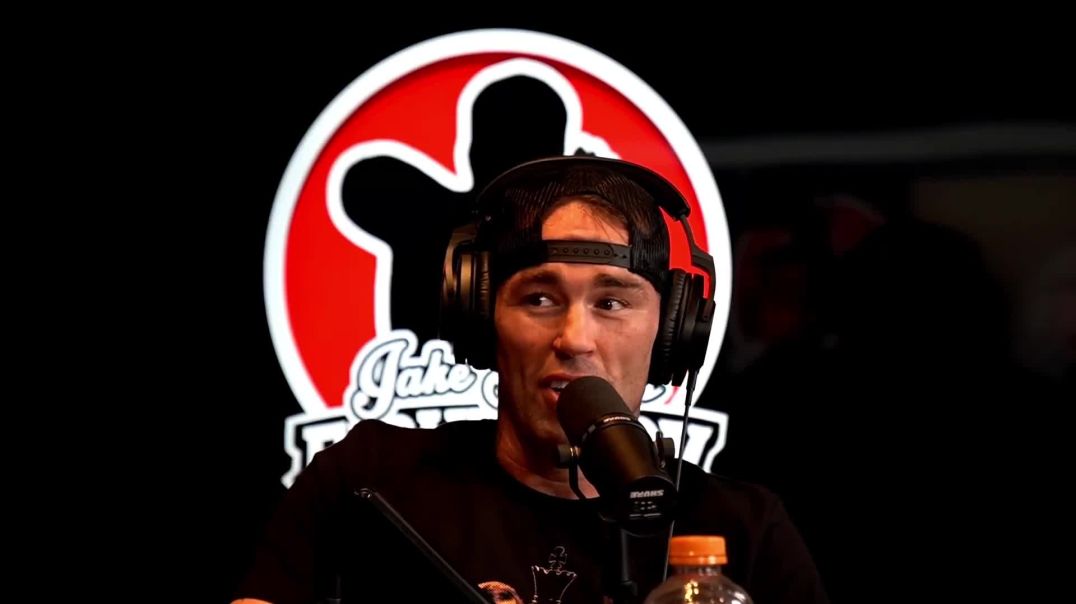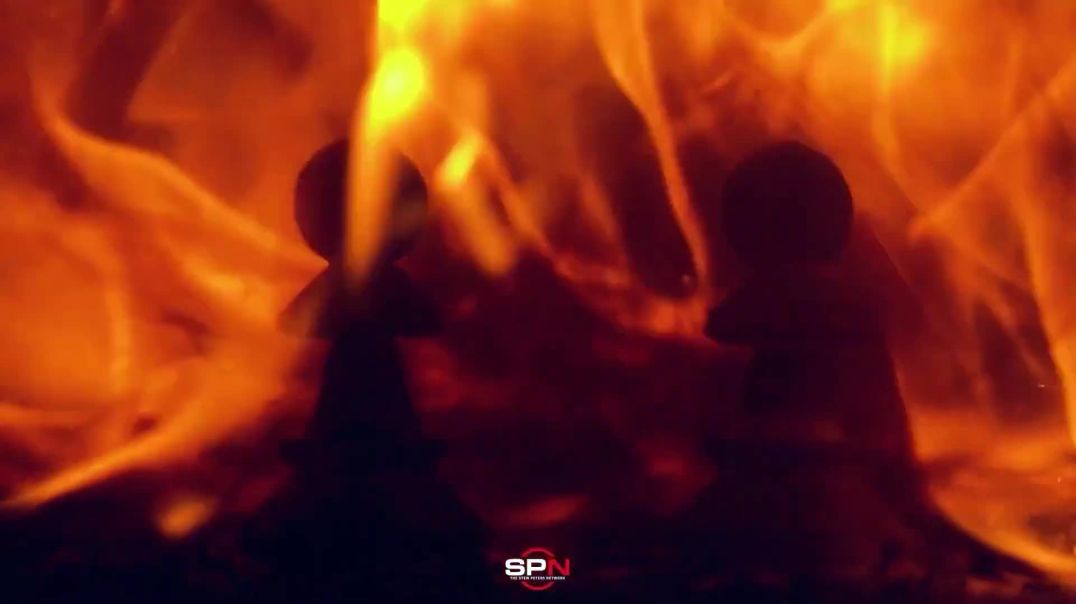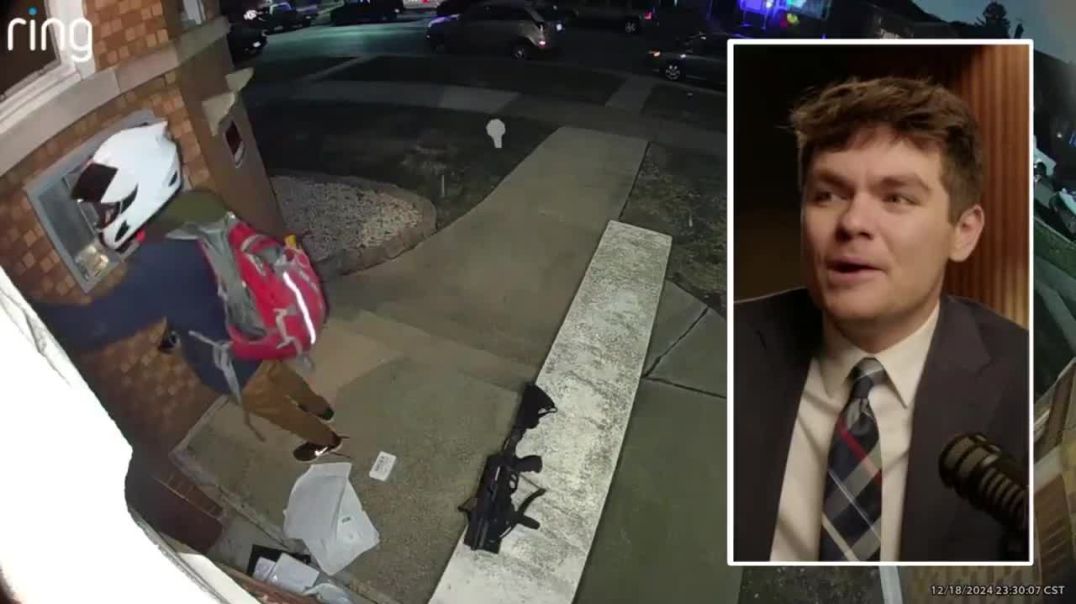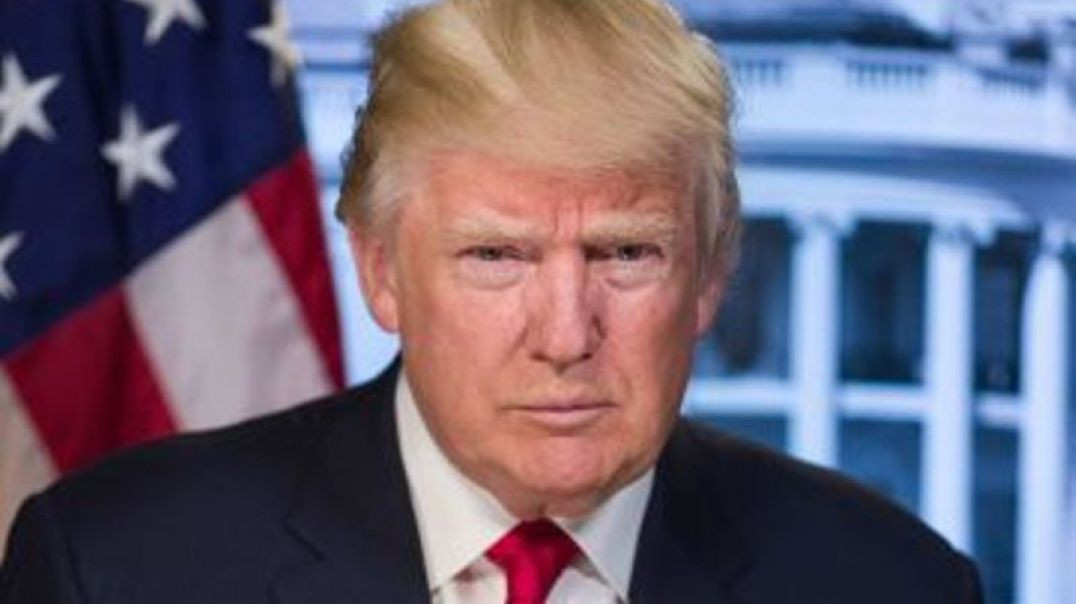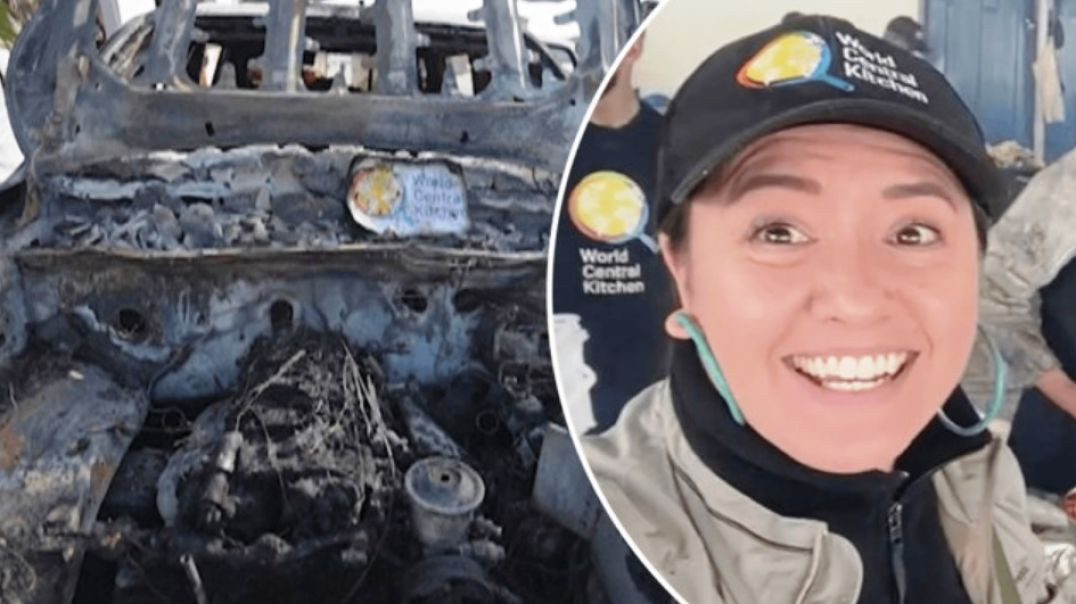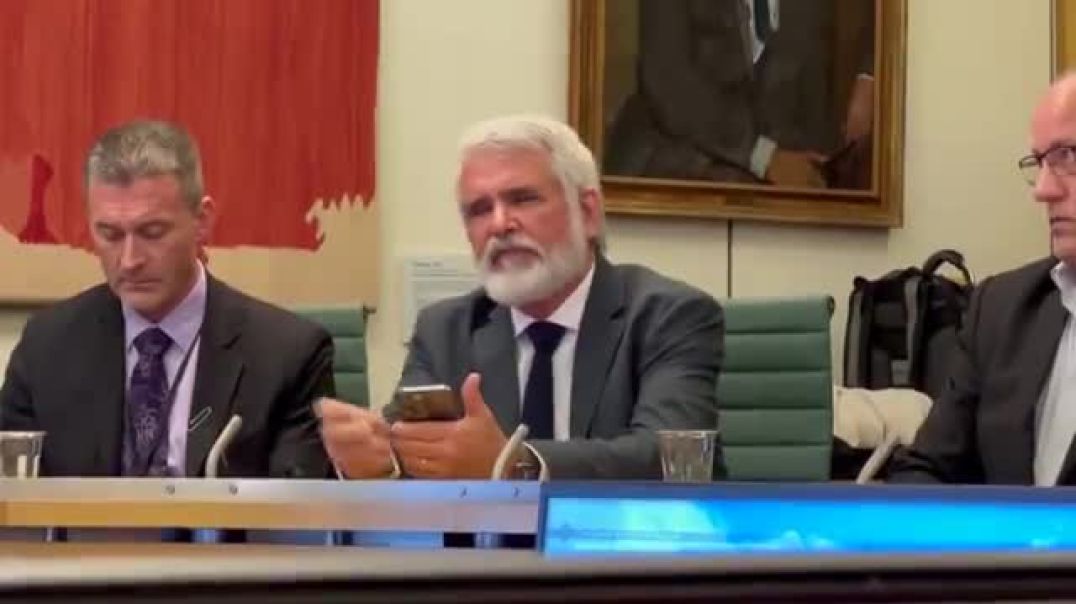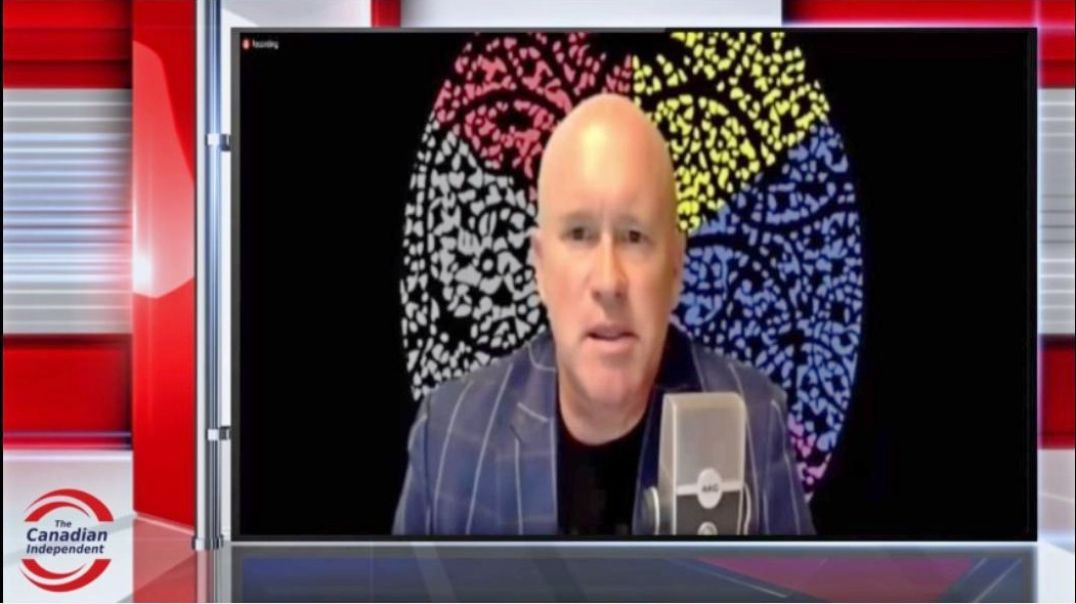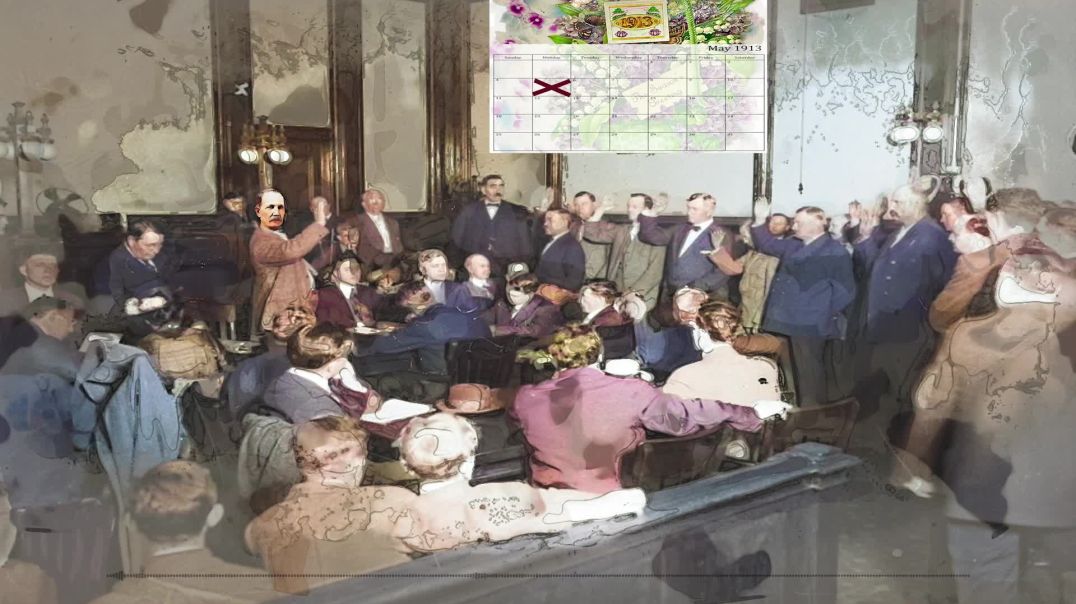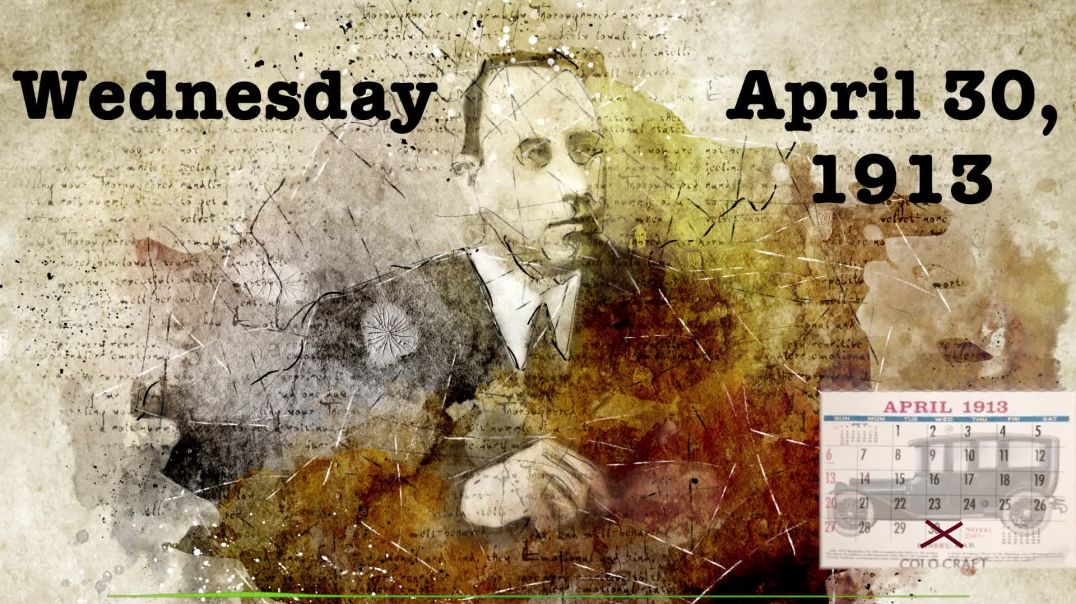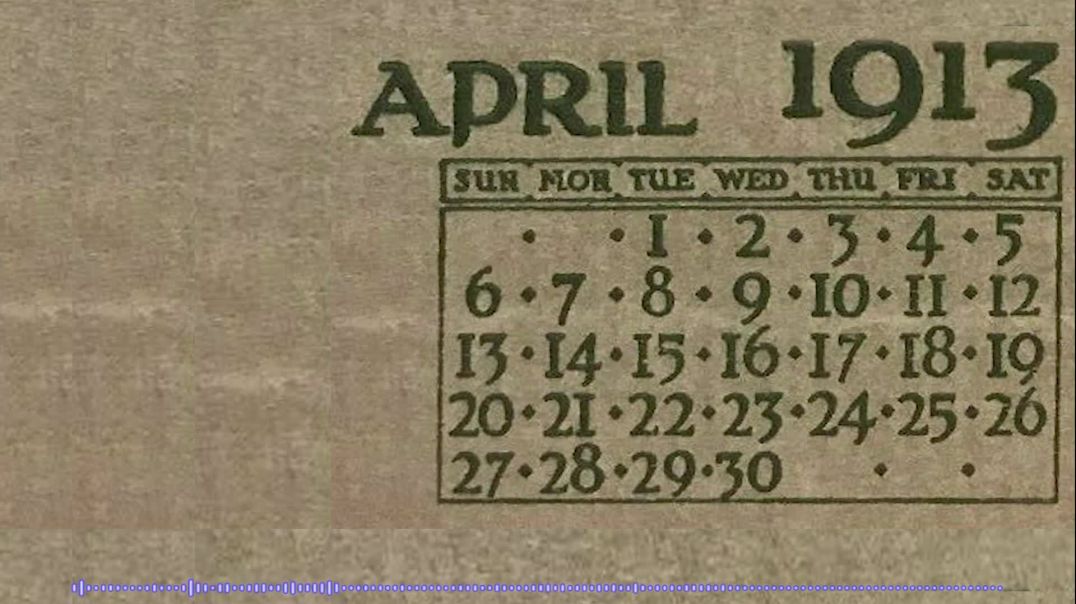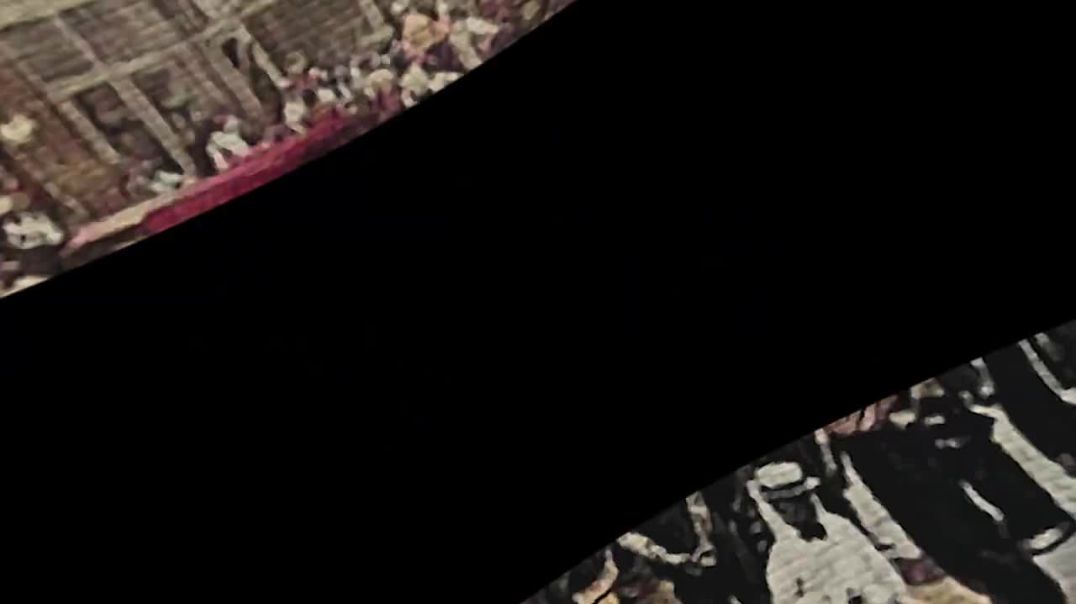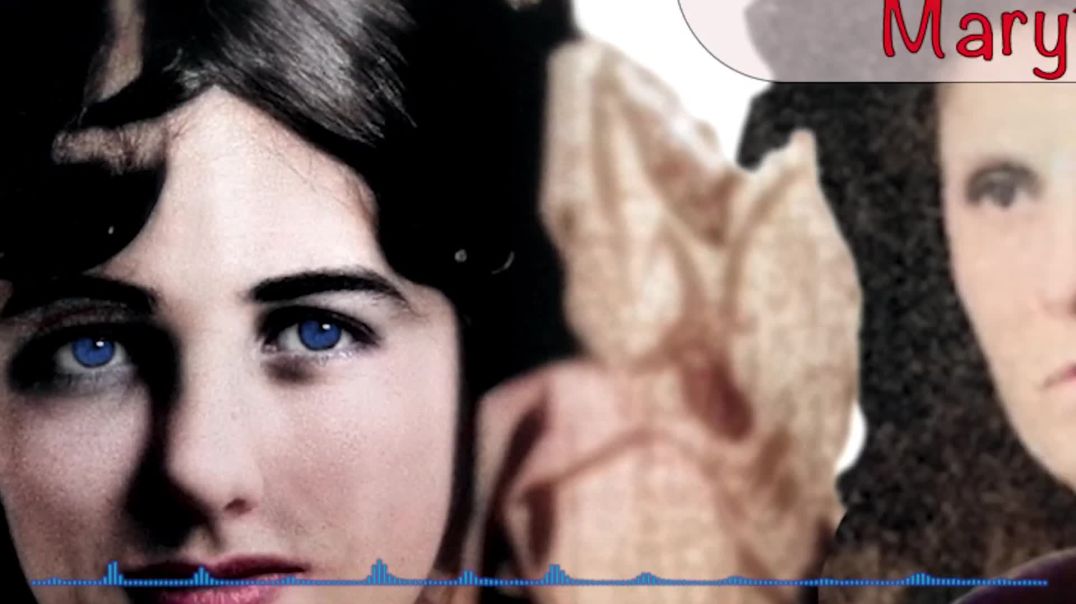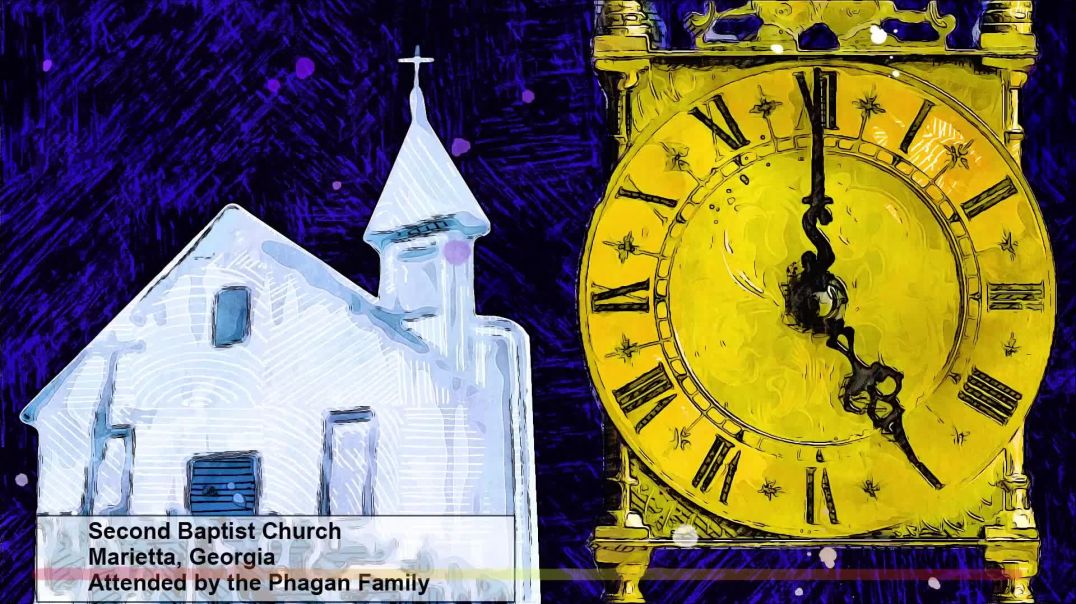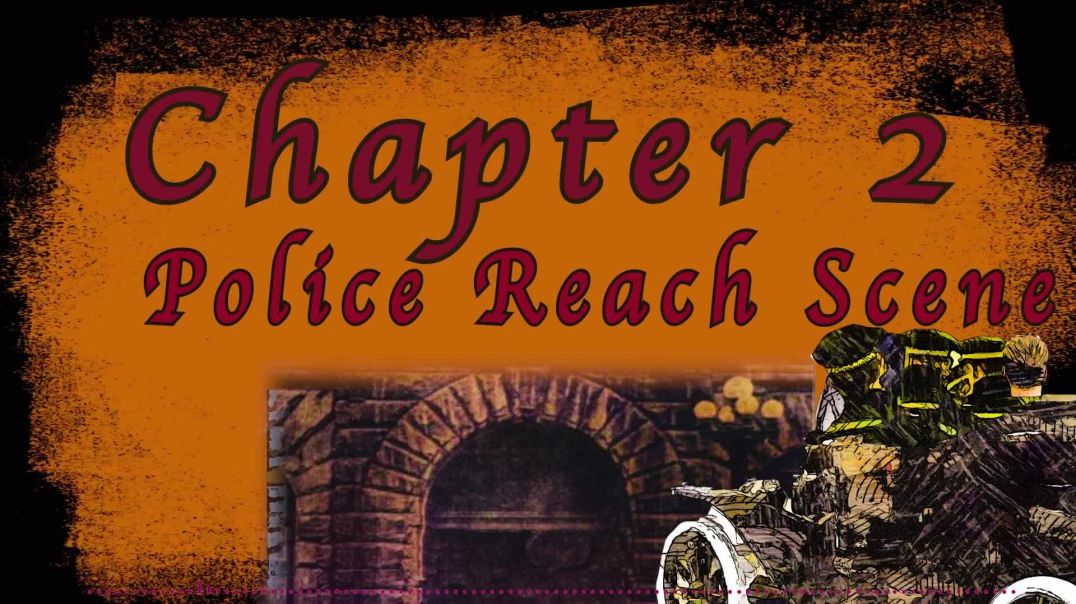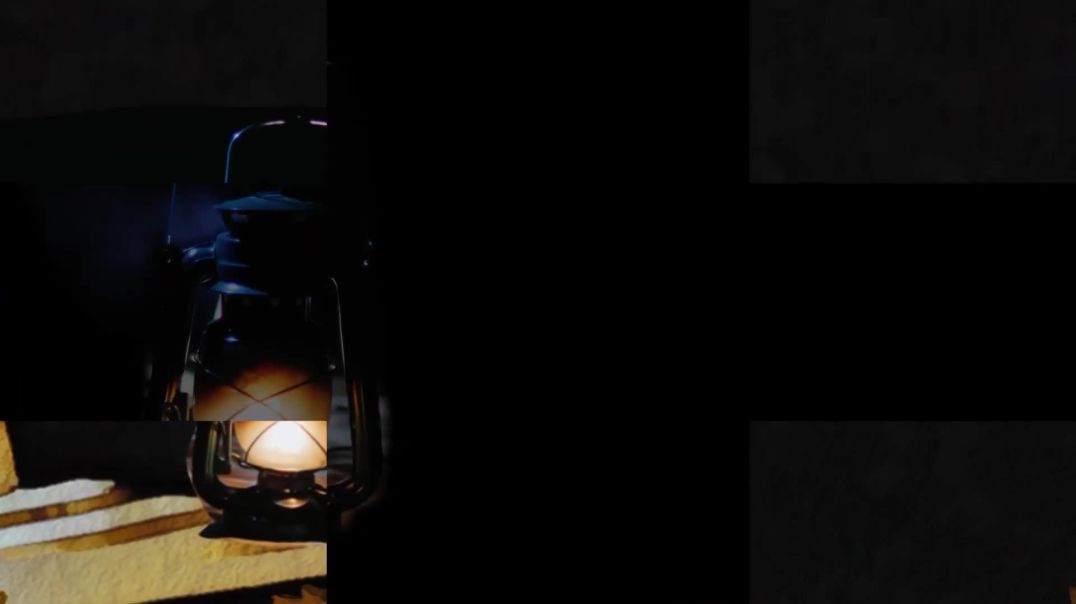Please donate now to help fund our work
The Murder Of Little Mary Phagan - Vanessa Neubauer - Chapter Ten - Alonzo Mann's Testimony
Alonzo Mann's testimony describes his experience when he appeared on the front page of the Atlanta Constitution in February 1978. He and his father noticed some inaccuracies in the article about Mary Phagan and felt it necessary to convey their opinion to the author. John Phagan Durham, son of Lizzie Mary Etta Phagan, went to Atlanta Constitutional Editor-in-Chief Sears and requested that the article be deleted. Mr. Sears replied that he could not stop the article, and that if the article offended the Phagans, he would apologize, and if it was factually wrong, he would correct it. John Phagan-Durham told Sears he would not make corrections because he was confident that the series had made the front page and corrections would not make it to the front page. The series renewed interest in the assassination of Little Mary Phagan and its aftermath. People wanted to know more about the trial and the lynching, and whether anyone from Phagan was involved in the lynching. Alonzo Mann became more eloquent about the incident. Bernard and the narrator had never heard of young Mary Phagan, but one night Bernard told them that a girl named after the narrator had been murdered. The narrator tells him what happened and why the Phagan family has remained silent. Bernard and the narrator drive to Marietta to visit Mary's grave. The cemetery was located in a wealthy area of the cemetery and had a marble headstone bearing her name and an inscription written by Tom Watson. The narrator quickly memorized the inscription and took a picture of Maria for scrapbooking. A middle-aged couple approached the narrator and asked if he knew where Little Mary Phagan's grave was. Her newspaper article rekindled interest in her, and the narrator was impressed by her relatives' refusal to seek public attention and their desire to remain anonymous. That year, 1978, was a year full of beginnings and innovations for the narrator, including when her father contacted a reporter to acknowledge her relationship with Mary for the first time. A few days after the accident, the narrator decides to check on the elderly woman who hit her car and see if she has filed insurance papers. As she opens the door, the narrator explains that it was she who was involved in the accident and is checking to see if she has filed her insurance papers. The narrator meets a woman who is blind and deaf and needs help filling out her form. She asked the narrator if they were related to Little Mary Phagan, and the narrator filled out her paperwork and read it through her magnifying glass. The woman then asked the narrator if she was related to Little Mary Phagan, to which she replied that the narrator was. Her wife then told the narrator about her life at the time and the changes she had undergone in her 92 years. The narrator had a great time and was invited to lunch with the lady. Her lady found the narrator listening to herself carefully, and the next day the narrator again received an invitation to lunch.
The document's most important detail is the events surrounding the assassination of Little Mary Phagan. In 1980, Bernard and the narrator moved to Cobb County, quit their jobs at Griffin Cesa, and began working for the Cherokee County Board of Education in Canton, Georgia. When school started in August, the narrators were introduced to the principals they would be working for. At one school, the principal asked the narrator if they were related to Little Mary Phagan. The narrator is introduced to Alonzo Mann, a man who claims to have seen Jim Conley with Mary Phagan's body. Mann, now 83 and based in Virginia, appeared calm and competent while discussing these events. He claimed that he had been trying to tell what he had seen for years, but no one was interested. Alonzo Mann, a World War I soldier who said he knew Leo Frank did not kill Mary Phagan, got into a heated argument with another soldier who happened to be from Georgia. Over the years he told his wife, relatives and friends his story. He told an Atlanta newspaper reporter in the 1950s that he refused to fuel the anti-Semitism that had gripped Atlanta during the trial. Mann agreed to a lie detector test and a psychological stress analysis, both of which found him to be consistently telling the truth. His story is a new twist on facts presented since 1913, in which he said he was told by Jim Conley that he would kill him if he told anyone. He went home and he repeated to his mother what he had seen and what Conley had told him. After nearly 70 years of silence, he decided to come forward to find peace of mind. His father and I debated the veracity of his statement and decided to remain silent until the sensationalism of this story wore off. In March 1782, Nashville, Tennessee published a special appendix entitled "An Innocent Man Was Lynched," which included quotes from Leo Frank's letter from prison, Alonzo Mann's testimony, Mary - included a photo of him at Phagan's grave. This supplement was nominated for a Pulitzer Prize. During this time, reporters from the Tennessee team began planning the book and spoke with the producers of the TV miniseries "Winds of War." Another local reporter, Cassandra Clayton, reported on interviews with lynch mob member Bernie Ducart's brother, Jasper Yeomans, son of Leo Frank's defense attorney, and Stuart Lewengrab of the Anti-Defamation League. Phagan's family refused the agency's requests for interviews, tired of having their names dragged into the quagmire. On March 8, 1982, a review of the case concluded that a posthumous pardon for Leo Frank was unlikely.
Alonzo McClendon Mann was 83 years old and was Leo M. Frank's clerk when he was convicted of the murder of Mary Phagan. The then 14-year-old was called as a witness in a murder trial. He didn't tell all he knew, and he wasn't questioned about what he knew. He is currently suffering from heart disease and had to undergo surgery to have a pacemaker implanted. He wanted the public to understand that Leo Frank did not kill Mary Phagan and that Jim Conley, the key witness against Leo Frank, lied under oath. ing.
He is convinced that he killed Mary Phagan, not Leo Frank, and that he alone disposed of her body. Jim Conley threatened to kill him if he told him what he knew. His mother insisted he not interfere and told him to keep quiet. He never expected Leo Frank to be convicted. The text's most important detail is the murder of 14-year-old Mary Phagan, witnessed by the narrator on Confederate Day 1913.
The narrator's mother tells Frank that she kept what she saw a secret, and when he testified at Frank's trial, they had no idea what he knew. The narrator was nervous and anxious because of the angry crowds in the streets that day, yelling, "Kill the Jews!" The narrator had a speech impediment and had difficulty pronouncing the "R" in Frank's name. The lawyers looked at me and said that it was obvious that I didn't know and that they would remove me from the witness stand because I was young. After being found guilty, the narrator's mother told him there was nothing she could do to change the jury's verdict.
The narrator remains silent, after which Frank is lynched by mobs in Marietta, Georgia. An important detail in this text is that the narrator, Alonzo, was asked for 10 cents to buy beer from Jim Conley. Alonzo said he had some money in his pocket, but he had previously given Conley nickels or dimes for beer. After telling Conley that he has no money, the narrator climbs the stairs to the second floor of Leo Frank's office, where her desk is located. Leo Frank arrived at the building shortly after the narrator and spoke to the narrator.
He called the narrator Mr. Frank and called the narrator his first name, Alonzo. A deputy secretary was working for Leo Frank that morning, and it was customary for the narrator to be in the office on Saturday mornings. Although the factory portion of the company was closed on Memorial Day, people who worked in the factory that week came to the payroll desk in the office to pick up their paychecks. The narrator had seen Mary Phagan at the factory and she knew her face. When the narrator left the premises shortly before noon, Mary Phagan had not come to pick up her paycheck.
She said the narrator told Ms. Frank that she wanted her mother to meet her to go to the Confederate Memorial Day parade. Mr. Frank agreed that the narrator would leave at this point and return to the office later that afternoon to complete the filing work.
The narrator left the pencil factory just before noon and met his mother outside the shop on Whitehall Street. But when they arrive she is not there. The narrator then returns to work and witnesses key moments in the famous murder. Inside the building, the narrator confronts Jim Conley, the caretaker, holding the body of Mary Phagan in his arms. The narrator doesn't know if Mary Phagan is alive or dead, but he holds her in her arms and around her waist. The narrator cannot remember the color of her clothes, but we have the impression that she was dressed quite nicely. The narrator meets Jim Conley on the ground floor of an office building with the body of Mary Phagan. He was near the trapdoor leading to her basement on her ladder and tried to throw her out of her trapdoor. He said to the narrator, "I'll kill you if you say that," and the narrator rushed out the front door, fled the building, and took a tram home. At home, the narrator tells her mother what they have seen and heard from Jim Conley about the murder. The narrator's mother was very upset by what she saw at the factory that day. She told the narrator to step away from Jim Conley and go about his business as if nothing had happened. When their father came home, the narrator explained to her father what they had seen and what Conley had told them. Her narrator's mother, a strong-willed woman thirty years younger than her father, told her narrator what her mother wanted from her father. He later tells the narrator that Frank will never be found guilty. When investigators later questioned the narrator, he told only the part of the story up to the point where he went out to see his mother that day. Jim Conley was a key witness against Leo Frank. He testified that Frank called him into his office one afternoon that day and told him to take Mary Phagan's body to the basement. He tried to carry the body to the elevator, but it was too heavy and he swore he had dropped Mary Phagan. Conley said Frank lifted his leg and Conley lifted his torso.
A key detail in the document is that Frank pulled the rope to lower the elevator, and that Conley claimed that they carried the body past the ground floor and into the basement without stopping. Mr. Conley said the body was taken from the second floor to the basement because it was on the first floor, but he did not tell the truth. Mary Phagan said she entered the building shortly after the narrator met her mother, and she was entitled to $1.20. Conley was taking money from her and packing her things when her narrator walked in. The narrator thinks her life might have been saved had she screamed for her help when she encountered Conley with her little girl in her arms that day. The narrator secretly spoke this word to a few others. The most important detail of this text is that of Leo Frank's imprisonment. The narrator told his late wife about it, but she insisted that it not be made public. He was convicted of false charges such as letting a woman into his office for immoral reasons and drinking there. Some witnesses lied, and the narrator was in the basement twice. The narrator believes it helps people understand that courts and juries make mistakes and it's good that everything comes out even at this late stage. The narrator believes it helps people understand that courts and juries make mistakes and it's good that everything comes out even at this late stage. On March 19, 1982, the narrator and her father went to Emory University's Woodruff Library to investigate the Mary Phagan-Leo Frank case. The librarian watched them curiously and asked the narrator what he thought of little Mary Phagan. They learned that Alonzo Mann was actually Leo Frank's clerk, working Saturdays two weeks before the murder took place. On March 23, 1982, the narrator wrote to Tennessee librarian Sandra Roberts, requesting two copies of The Tennessean. On March 26th, Ms. Sandra Roberts called me asking if I could come and deliver the newspaper in person before the newspaper staff arrived in Atlanta on March 31st.
The narrator's father was always the one who represented their family's opinion when someone inquired about the Phagans. The narrator called his father to let him know about the meeting and to see if he could be there. His concern was that he wouldn't be able to be there, but wanted to make sure a friend, husband, or other family member would be able to do so as well.
